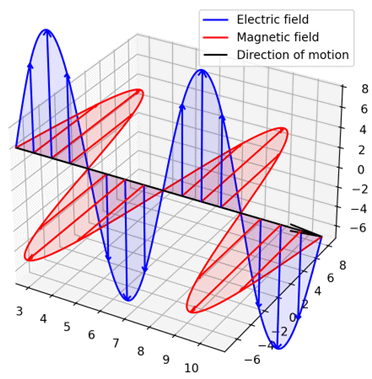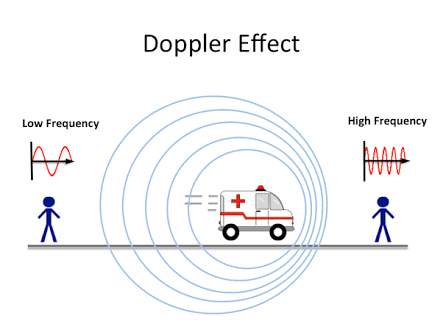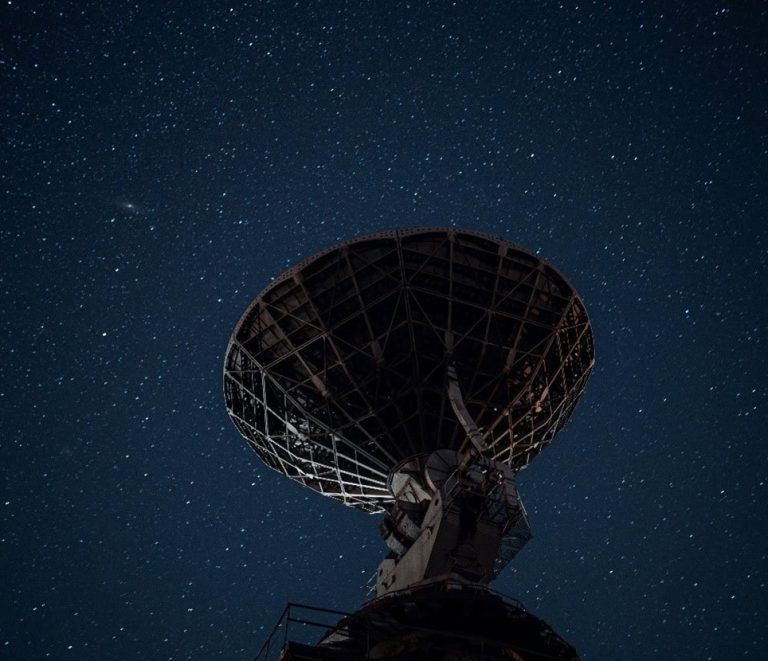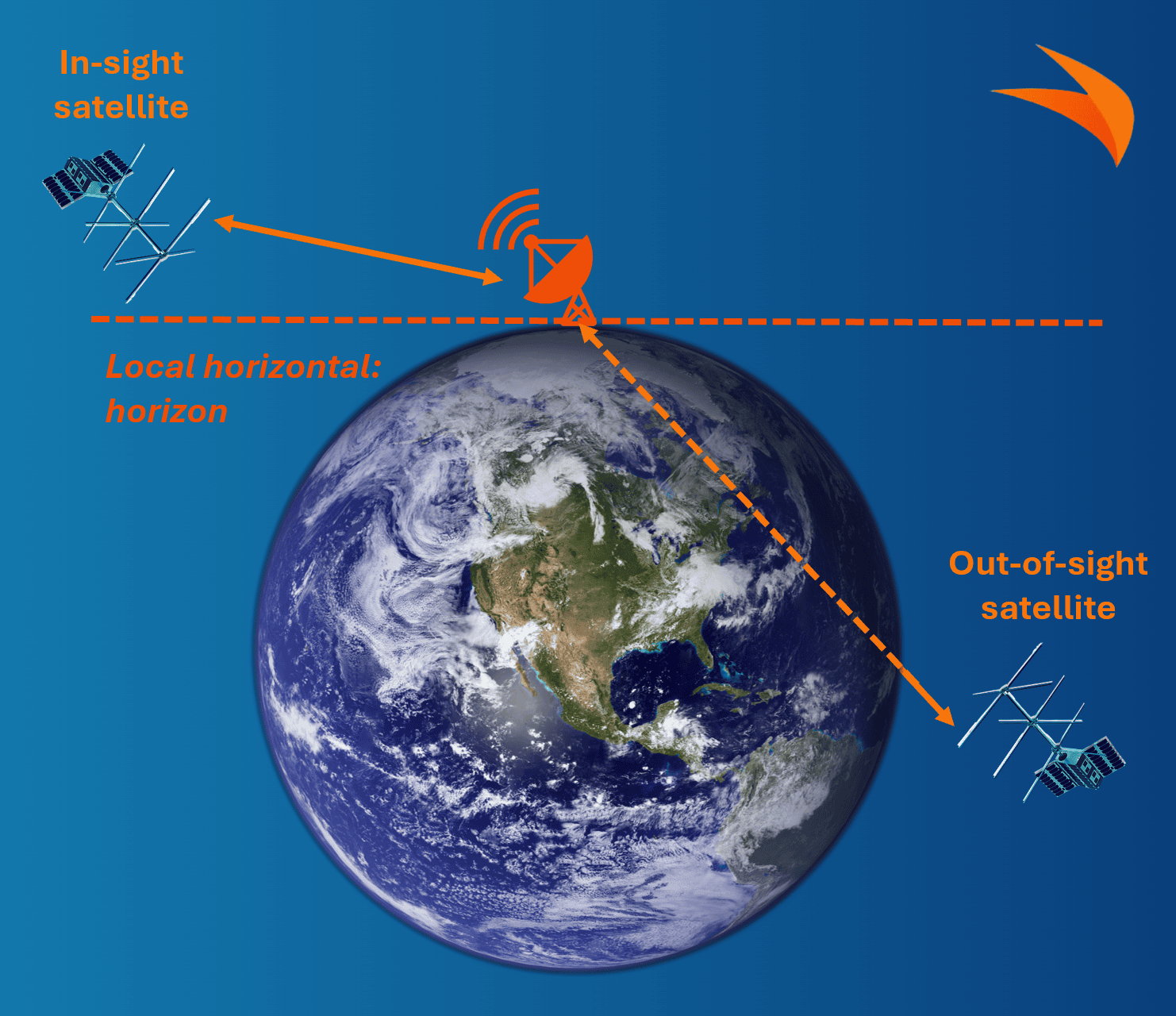Telecommunication in Space
In this episode of Space Curiosity, we dive into the fascinating world of telecommunications. How do small beams of metal, conducting electricity, communicate with each other, and what are the limitations of space-based communication? Let’s uncover the mysteries of how it all works.
Antenna Basics
At the heart of telecommunication lies the antenna. An antenna is a metal rod, typically with a copper wire running inside. When electricity flows through the wire, it creates an electric field due to the movement of electrons. As the electric field fluctuates, it generates a magnetic field, these fields are what form the electromagnetic waves used in communication.
The fundamental principle here is simple: by alternating the current in a sinusoidal motion, we create a changing electric field, which in turn induces a magnetic field, as described by Maxwell-Ampère’s law.
To visualize this process, think of alternating current (AC), which moves in a sinusoidal pattern, up and down, back and forth. This motion allows the electric field to change continuously, and as per Maxwell’s equations, the accompanying magnetic field is created at a right angle to the electric field. These changing fields propagate as waves.
Each antenna has a unique radiation pattern or diagram that illustrates the direction in which it communicates most effectively. This pattern is essential in determining how an antenna sends and receives signals in space.




Frequency Bands and Regulation
For effective telecommunication, it’s crucial to select the correct frequency. Just like tuning a radio to a specific station, you need to ensure your antenna is aligned with the frequency of your signal to avoid interference. The radio spectrum is divided into bands, each dedicated to specific uses, whether for radio broadcasts, aircraft communication, or television transmission.
In satellite communication, the frequency bands used are strictly regulated. The International Telecommunication Union (ITU), a specialized agency of the United Nations, allocates these frequency bands to different services, such as communication and navigation. This regulation ensures that satellite operators can avoid interference and communicate reliably with each other.

Ground Stations and Telemetry
Ground stations are key points of communication between Earth and space. These facilities, which often feature large dish-shaped antennas, serve as bridges for sending and receiving signals to and from satellites. Operators use ground stations to transmit commands, update satellite software, and monitor satellite health by tracking power levels, temperature, and data.
However, satellites do not always fly directly over a ground station. Since satellites orbit the Earth, they may move out of range, making it necessary for ground stations to coordinate with each other. By communicating through different stations as the satellite passes overhead, we can ensure continuous communication.
For effective communication with satellites, a clear line of sight is required. If the satellite is below the horizon or blocked by obstructions, signals cannot be transmitted efficiently.


Attenuation and Interference/Jamming
When a signal travels from space to Earth, it passes through the atmosphere, which alters its trajectory. This change in medium, governed by Snell’s law, results in some deviation in the wave’s direction. The atmosphere, made of different gases like oxygen and water vapor, refracts the signal, leading to signal attenuation and loss. This is more noticeable for certain wavelengths, especially those longer than 10 cm or frequencies lower than 3 GHz.
The atmosphere plays a dynamic role in signal transmission, with its properties influenced by factors such as space weather and the time of day. These variables cause continuous changes in the atmosphere’s density and composition, making signal deviation unpredictable. As a result, it becomes challenging to determine the exact trajectory of a signal as it travels through the atmosphere.
Interestingly, this anisotropic nature of the atmosphere also explains why stars appear to twinkle. Light from stars passes through layers of air with varying densities, causing the light rays to bend slightly in different directions, giving stars their characteristic wobble or pulse.
Among the atmosphere’s layers, the ionosphere stands out due to its unique composition of electrically charged particles (ions). When electromagnetic waves pass through this region, the ions start moving, generating an electric field. As the electric field changes, it creates a magnetic field, which in turn produces secondary waves. These additional waves can interfere with the original signal, disrupting communication as it travels between Earth and space. This interplay of atmospheric conditions and electromagnetic phenomena presents both challenges and fascinating insights into the behavior of signals in the Earth’s atmosphere.
Beyond natural interference, satellites also face intentional disruptions like jamming and spoofing. Jamming occurs when a noisy signal is transmitted on the same frequency, drowning out legitimate communication. Spoofing takes this a step further by impersonating the legitimate sender, deceiving the receiving antenna with false messages.
VDES (VHF Data Exchange System) addresses these challenges through its robust design. It incorporates encryption, authentication, and signal integrity monitoring to ensure secure communication. By operating on dedicated VHF frequencies and utilizing both terrestrial and satellite channels, VDES minimizes vulnerabilities to spoofing and jamming, offering a reliable and secure solution for maritime communication.
Advanced technologies like Control Reception Pattern Antennas (CRPAs) also help mitigate jamming. These antennas adapt their radiation patterns to focus on interference-free directions, enhancing signal clarity. Through these innovations, secure and efficient communication is maintained, even in challenging environments.

Published on 31/01/2025, Written by: Cyriaque Guillot, Ivan Conti




Doppler Effect and Signal Propagation
One important aspect of signal transmission is the Doppler effect, which affects the perceived frequency of waves based on relative motion. This phenomenon occurs when there is a velocity difference between the signal’s source and receiver. As an object approaches, the frequency increases, and as it moves away, the frequency decreases.
This is the same effect you experience with sound: when a car with a siren approaches you, the pitch is higher, and when it moves away, the pitch lowers. For light and radio waves, the change in frequency results in a shift in color, blue when the source is moving towards you, and red when it’s moving away.
The Doppler effect also impacts satellite communication. The higher the relative velocity between the satellite and the ground station, the more significant the frequency shift. This must be considered to ensure proper communication and signal accuracy.